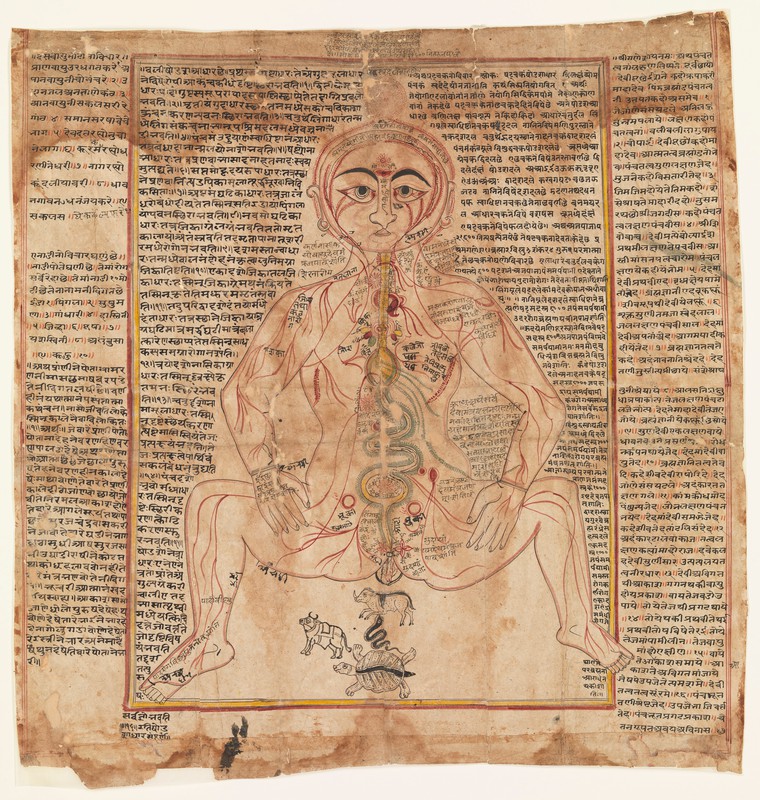Premodern Yoga Traditions and Ayurveda
Preliminary Remarks on Shared Terminology, Theory and Praxis
DOI:
https://doi.org/10.18732/hssa.v6i0.25Abstract
The research for this article was prompted by the question: were Yoga and Āyurveda as intimately connected in premodern times as they to seem today? It attempts to give a preliminary answer by assessing the influence of Āyurveda on a corpus of mediaeval Yoga texts, in terms of shared terminology, theory and praxis. The date of this corpus ranges from the eleventh to the nineteenth century CE, and all of its texts teach physical techniques and an ascetic state of dormant meditative absorption (samādhi), either as auxiliaries within a system of Yoga or as autonomous systems in themselves. The physical techniques became known as Haṭhayoga and the ascetic state of samādhi as Rājayoga, and the texts in which they appear posit the practice (abhyāsa) of Yoga as the chief means to liberation (mokṣa). The article begins with a discussion of the terminology in these texts that is also found in the Bṛhattrayī, that is, the Carakasaṃhitā, the Suśrutasaṃhitā and Vāgbhaṭa’s Aṣṭāṅgahṛdayasaṃhitā. It proceeds to discuss the relevant theory (digestive fire, humoral theory, vital points, herbs) and praxis (āsana, ṣaṭkarma and therapy or cikitsā) of the yoga texts in question in order to assess the possible influence of Āyurveda.
Downloads

Downloads
Published
How to Cite
License
Copyright (c) 2018 Jason Eric Birch

This work is licensed under a Creative Commons Attribution-ShareAlike 4.0 International License.
Authors who publish with this journal agree to the following terms:Authors retain copyright and grant the journal right of first publication with the work simultaneously licensed under a Creative Commons Attribution-ShareAlike license that allows others to share the work with an acknowledgement of the work's authorship and initial publication in this journal.
Authors are able to enter into separate, additional contractual arrangements for the non-exclusive distribution of the journal's published version of the work (e.g., post it to an institutional repository or publish it in a book), with an acknowledgement of its initial publication in this journal.
Authors are permitted and encouraged to post their work online (e.g., in institutional repositories or on their website) prior to and during the submission process, as it can lead to productive exchanges, as well as earlier and greater citation of published work (See The Effect of Open Access).



